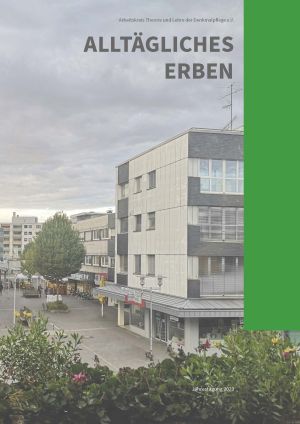Zitationsvorschlag
Veröffentlicht
Technische Bauwerke der Eisenbahn bei Siegen – ein Faszinosum von regionaler Bedeutung?
Everyday engineering infrastructure tends to lead a shadowy existence: it is used and at times also perceived, but it is rarely appreciated. From time to time, however, individual components of this infrastructure come under the focused gaze of small groups of actors. This may be because the building, facility or site is considered to be an historical witness with a connection to identity, or because it is linked to a specific local memory, or because the members of the group are simply fascinated by the technology that survives from the past.
In and near Siegen, too, one can find various tunnels, bridges, and numerous other structures associated with the railway system. These objects and the actors associated with them as well as their regional and supra-regional links are the topic of the following essay.
Individual examples of railway infrastructure are listed and thus enjoy professional recognition, others hold significance for the history of construction technologies and still await examination from an engineering perspective. Some sections of railway line have been documented in detail by amateur historical societies interested in the ways in which they are interwoven with local history. Railway enthusiasts take active care of secondary structures such as locomotive sheds or roundhouses; fans of historical technologies search for old photographs or track down the code numbers of individual locomotives and railway cars or other surviving rolling stock; and model train builders retrace the courses of real-life railways lines and attempt to transfer them into their own miniaturized worlds.
In this way, elements of engineering infrastructure are received in widely divergent ways: they are appropriated as these groups’ own heritage, are viewed as part of the economic and social history of the region, and are integrated into the larger story in a highly individual manner.
Shedding light on these actors and the peculiarities of their group dynamics, including the associated processes of valorization and the opportunities for memory culture heritage conservation as well as the broader memory culture, is the aim of the observations that follow.








